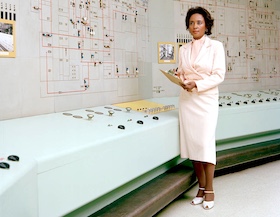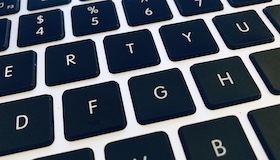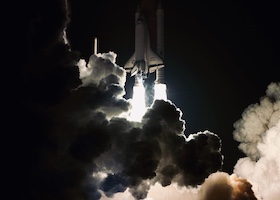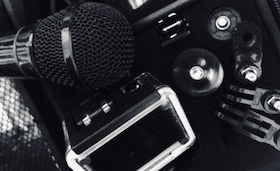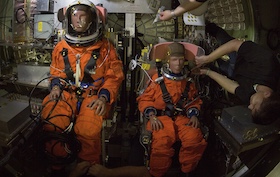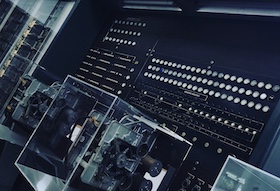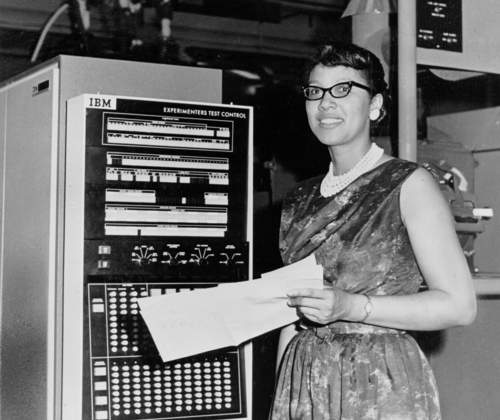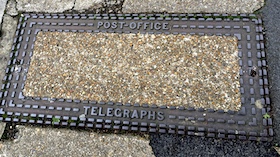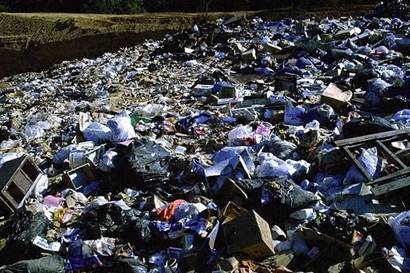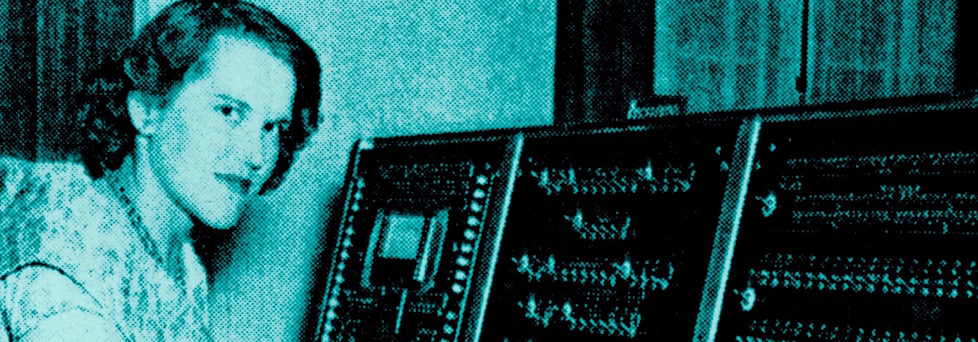My classes are not only about
"what happened" in the past,
but
how we know what we
think we know.
I often tell my students that history is the process of deciding which stories to tell and which stories to hide.
I regularly ask them to reconstruct historical events using primary sources, which makes the study of history far more discombobulating for them,
but also infinitely more rewarding, meaningful, and useful.
I believe history is critical to becoming an active, engaged citizen, so I encourage students to
deploy their knowledge outside the classroom as well. For examples of some of the public-facing projects my
students have done, see the website of the
Digital
History Lab that I run. For students (and other interested parties):
here is a
short guide on how to read academic texts
effectively that may be helpful when used in conjunction with the syllabi below.

History and Historiography
New Course: Illinois Institute of Technology, Spring 2020
This course introduces students to the field of historiography—the study of how history
gets written. Readings in the course focus on recent, innovative historical works that reconfigure
the way histories of certain topics have been written in the past. Students investigate what went
into writing them, think about why certain stories haven't been written up until now, and look at
how archivists decide which documents to preserve. This course invites students to think about
history as a dynamic, changing set of narratives and ideas about the world, rather than simply a
static, unchanging record of past events. Students read academic
histories, popular news articles, and primary sources in the course, and look at how different
mediums (written, oral, visual) can influence how histories are constructed, conveyed to an audience,
and eventually become part of our shared cultural knowledge.
Diversity in the History of Technology
New course: Illinois Institute of Technology, Fall 2019
This history of technology course reorients students’ understanding by balancing the often
triumphalist and technophiliac accounts of technology’s past with stories from the margins,
and histories of technologies that center often-ignored voices and narratives. Over the course
of the semester, students expand their understanding of what usually “counts” as
history of technology, and who usually gets to count within it. The course asks students to
think about how oppression and the power relationships inherent in powerful, centralized
technological systems have shaped what we think about the best ways to implement technologies
today, and how ignoring these factors often leads to problematic or myopic strategies for
“diversifying” technological products and workforces.

Women in Computing History (Current Syllabus)
First taught at Illinois Institute of Technology: Fall 2016, Spring 2021, and Fall 2022,
also taught at the University of Wisconsin-Madison in Fall 2017
Perhaps the first of its kind in the U.S., this computer history course
explicitly looks at computing's past through the experiences of women who
worked in computing at all levels—from data input to programming to
hardware design. It strives to be intersectional in its analysis, showing how
gender is but one window into the historiography of computing and how it
must be taken together with an analysis of class, race, sexuality, ability, and
many other categories in order for us to truly understand how computing
structures lives and whole economies. Students did
projects in this class designed to engage the public on this still largely hidden
history: In addition to a
wiki-storming exercise, they also created
public history projects, like video games, podcasts, and comic strips. See
the news coverage of their projects in
Chicago Inno or this
post on their projects on the Digital History Lab.
Digital Labor
Illinois Institute of Technology: Spring 2017 & Fall 2015—part of the Digital Humanities requirement
I created this course as part of Illinois Tech's Digital Humanities undergraduate degree program, which I helped design.
While designing the largely skills-based and technocentric program we realized that it would be
very important for students to have a robust and critical understanding of how they themselves fit into the history of
the digital tools they were deploying. The class looks at all forms of digital labor—from
human to non-human—and takes students through the historical trajectory of digital
labor from its early days as hardware programming to its more modern incarnations in the form of digital piece work.
Along the way it asks students to grapple with questions about what gets privileged within the realm of digital labor, and why we should care.
Disasters
Illinois Institute of Technology: Spring 2020, Fall 2016, 2015, 2013 and 2012, and University of Wisconsin-Madison: Spring 2018
How does what's broken in society get fixed? One way is through disasters,
which sometimes require that a problem be addressed. This course uses disasters
around the world to talk about how cataclysmic events can produce regulatory
and legislative change. It also teaches students that not all disasters produce
positive change and highlights other elements that must be present in order for
a disaster to be "productive." The class invites students to look at how social
and political change occurs, underscoring the fact that historical change never
just "happens" in an easy or straightforward way but is always the result of
struggle. See examples of student essays from the course
here and
here
(scroll down to the comments section to read their essays, based on research
done in the
Times of London historical newspaper database).
Filming the Past
Illinois Institute of Technology: Spring 2016, and 2014
How does historical knowledge make it from the archive into the mainstream?
This course traces that process, showing students how primary and secondary
sources get turned into books, news stories, popular media accounts, and
sometimes into documentary films and Hollywood movies. Students explore what is
gained and lost through each successive translation, and how documentary film
can be a vehicle not just for telling histories but also for catalyzing social change.
Students can also use the filmmaking tools
available to them through the
Digital History Lab and campus library (Sony
videocameras, Roland R-05 audio recorders, and laptops with audio and video
editing tools) to make their own historically-informed documentary film or podcast at the
end of the semester, working in small groups that serve as makeshift production
teams. Students who choose this option not only learn how to translate their insights into the medium of
film or audio documentary, but also get an opportunity to disseminate their historical knowledge outside
the classroom and get a glimpse of the potential intellectual contributions they can make using their humanities education.
Science and Technology Studies Seminar
Illinois Institute of Technology: Spring 2017 & Spring 2013
Science and Technology Studies asks what sociology (the study of the social
relationships that make up our world) would look like if we also included our
relationships with machines in the equation. This course is an introduction to
the tenets and major theories of the field. It gives students the opportunity
to deploy their knowledge in hands-on ways in addition to studying theory. See
here for examples of a previous class's attempts to
"socially construct"—or rather
reconstruct—bicycle technology.
History of Computing
Illinois Institute of Technology: Fall 2011
Why do we think that we've witnessed a computing "revolution" in the 20th and
21st centuries? This course contextualizes Silicon Valley's current obsession
with change-for-its-own-sake by showing how the fiction of disruption has a
long and well-established history. From World War II codebreaking, to intra-national spying initiatives,
this course asks students to
look behind industry hype and explore the interconnectedness of computer
technologies with the aims and goals of strongly centralized technocratic
governments.
Gender and Technological Change
Illinois Institute of Technology: Spring 2012
How do categories of difference structure technological design? This course is
a laboratory for students to explore answers to that question, using
gender as a guiding principle. To see the university-recognized class project on gendered
infrastructure that students completed the last time this course was offered, read about the
project on my blog
here and
here
or read my article in
Syllabus.
History of Technology
North Carolina State University, 2008-2011
From the Middle Ages to the present day, technology has enhanced, defined, and
limited what people and societies can do. This course takes students through
that history, providing a longue durée view to help them gain
insight into current trends in technology.
20th Century European History
Duke University: Spring 2008
This course surveys the history of Europe in the 20th century paying special
attention to the social movements that sought to bring European society into line
with its oft-professed but unevenly enacted ideals of equality and civil rights for all.
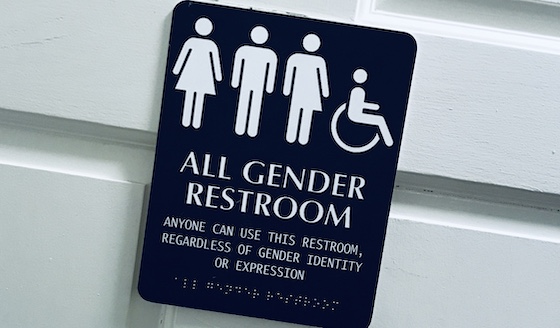
Politics & Sexuality in the Modern West
Duke University: Fall 2008, 2006
This class explores at how movements for sexual equality have defined the political
landscape of America and Europe from the 19th through the 21st century. The course
won a university-wide fellowship award for innovation in teaching when it was
first taught at Duke University.
Ethical Dimensions of Progress
North Carolina State University: Fall 2008
This course looks at how technology and society often interact to produce
thorny ethical conundrums. It teaches students to use and critically analyze the
intellectual tools we have at our disposal to try to solve these difficult problems.
Science, Technology, and Human Values
North Carolina State University: Fall 2007, Fall 2004
An earlier variant of the course above, this class was offered at NC State
University in order to help students fulfill their "science and human values"
curriculum requirement.

